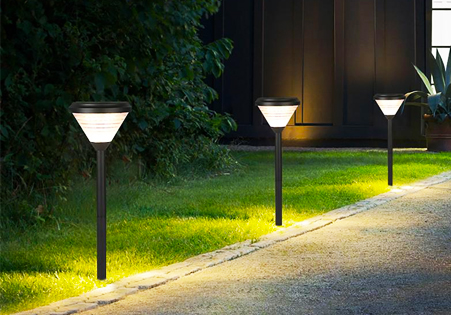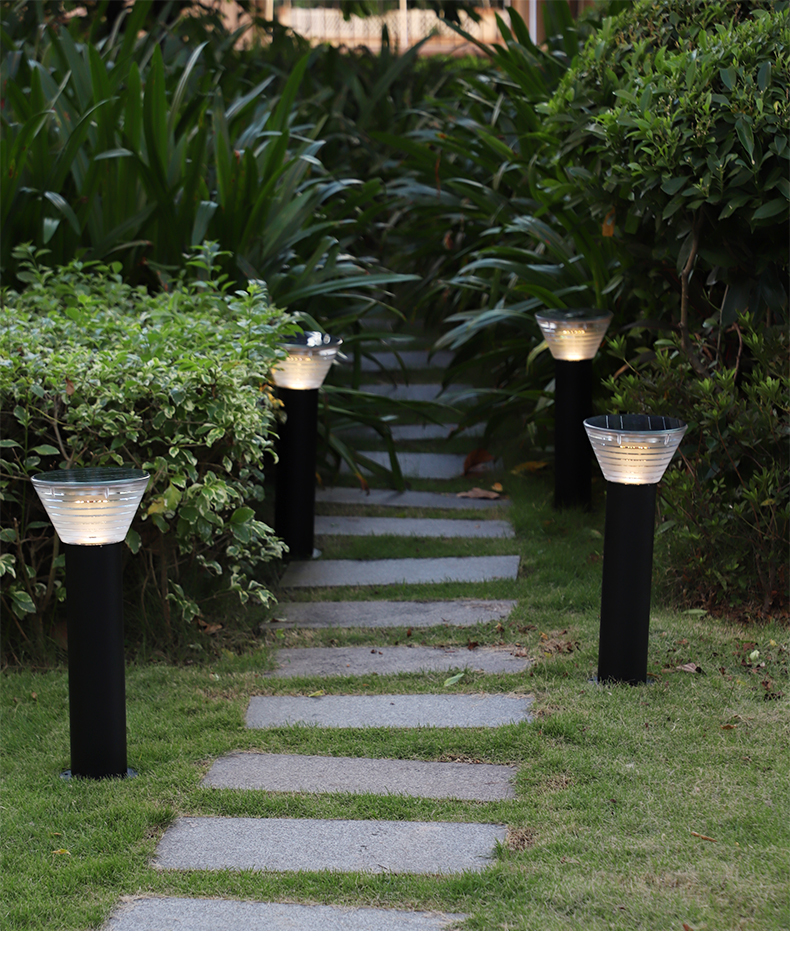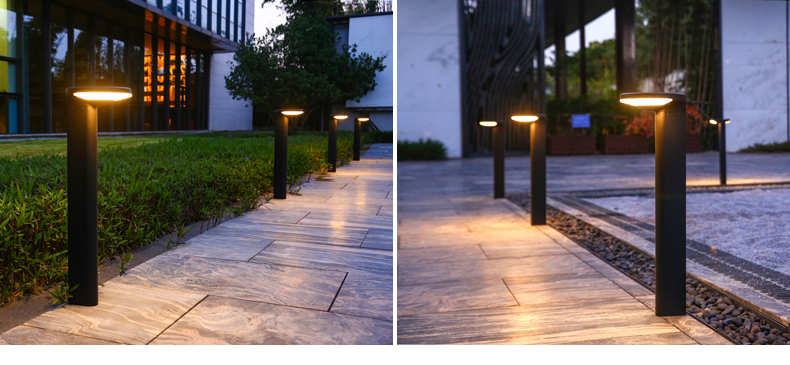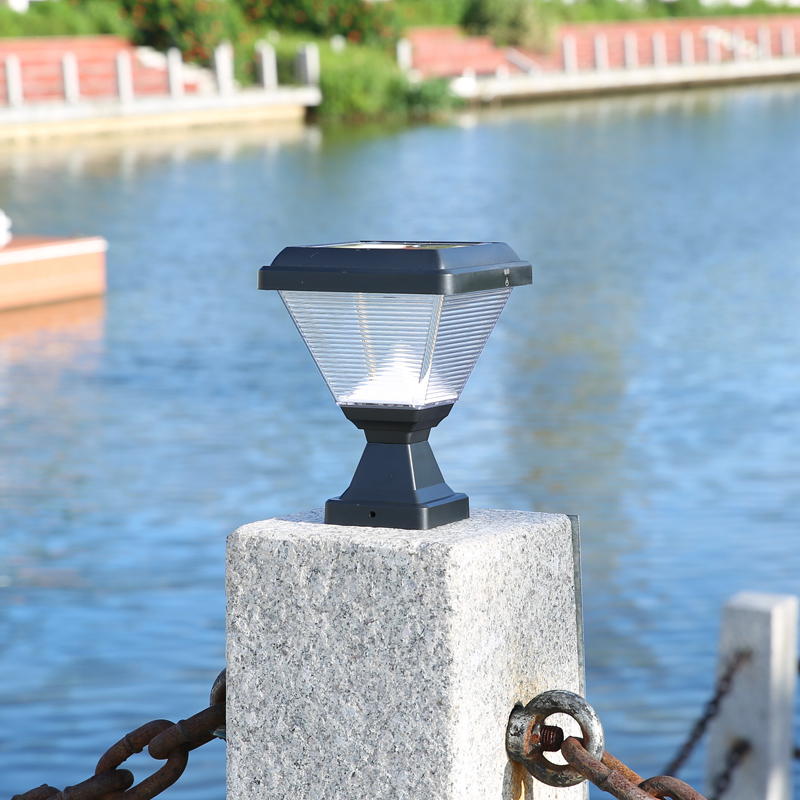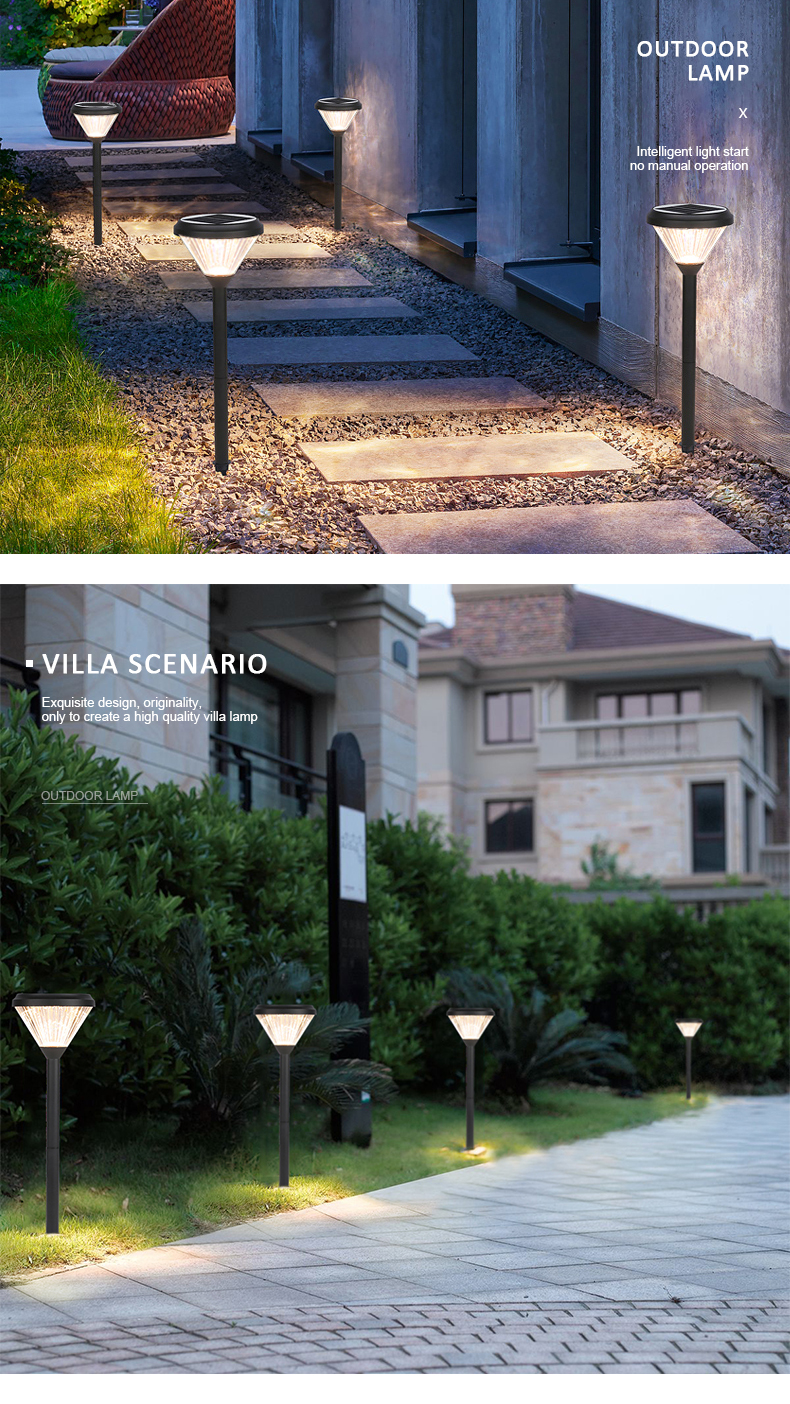Garden lighting guide – how to choose lights for your outdoor space
Well-planned lighting can really enhance your outdoor space, increasing visibility in changing weather and creating atmosphere to extend your hours of enjoyment.
Getting started – make a lighting plan
Lighting can make or break your garden, so take time planning exactly what kind of illuminations you want and where.
Identify key features
Sketch a rough plan of your garden, marking all the key features. Identify which features you want to enhance – a pond, a tree, steps – and any that you might want to keep in the dark, like an old shed.
Be flexible: best garden lighting tips combine fixed lights with ones that can be easily moved to accommodate the changing seasons, plant growth and garden downlights.
Think about how to create different lighting effects
Outdoor lighting should be fluid, with different types of lighting creating different effects across your garden:
- Downlighting is good for illuminating doorways, or throwing light onto a patio or decked area. Smaller downlights can pick out particular plants or features, while the smallest downlights attached to the bottom of low-level hardscaping like benches and windows define areas with a subtle, attractive glow.
- Uplighting illuminates a statue, mature tree, or other large object from below to create a dramatic effect.
- Crosslighting makes a feature the centre piece of your garden. Create the effect by placing spotlights on opposite sides of the feature.
- Spotlighting and garden uplights is another way of making an object really stand out; position a directional spotlight or uplight some distance away from the feature to achieve this effect.
- Washing creates a soft glow effect over an entire wall or hedge by placing a light at its base.
- Shadowing projects an interesting feature onto a wall or fence by angling a spotlight at its foot.
- Grazing draws attention to attractive stone work by placing uplights right next to the wall.
- Silhouetting works by placing a spread light between the feature and the adjacent structure to create a silhouette against a soft background.
- Mirroring involves lighting a feature on the far side of a body of water to reflect its image in the dark water.
Make sure you don’t create too much glare when using outdoor lights. For example, you don’t want lights at the bottom of your garden pointing directly back at the patio or decking where they might dazzle someone sitting there; likewise, you don’t want sunken lights pointing directly upwards.
Safety first
The first priority of exterior lighting must be to make your garden safe.
Illuminate hazards
Always make sure that any potential tripping hazards are well lit, including any changes in level, like garden steps and low walls. Recessed lights tend to work well in these areas, providing low-level lighting to reduce the risk without being obtrusive.
Endon, Firstlight and Searchlight all make walkover lights that are usually suited to these types of structures.
Choose a high IP rating
When it comes to selecting lights for your garden, make sure that you only buy those that are specifically designed for outdoor use. Garden lights have an “IP rating” which indicates how well protected a light fitting is against water ingress: most outdoor lights should have an IP rating of at least 4. If in any doubt, speak to an expert.
Take precautions
If you choose to install your garden lighting yourself, make sure you follow these important safety steps:
Switch off the mains power at the consumer unit.
Use a socket tester to confirm whether circuits are safe to work on.
Protect circuits with a high-sensitivity residual current device and control with a double pole isolating switch.
Run all the cables underground (at least 450mm deep if under a patio or path, 750mm under lawns and flowerbeds).
Check all finished work with a socket tester before using.
If in doubt, hire a professional
Never take risks with electrical safety. We recommend that you always employ a qualified electrician to install or test your outdoor lighting and can advise you on further garden lighting effects.
Solar powered garden lights
For environmentally-friendly lighting, choose solar. With an internal battery that charges during the day, solar lamps give off a soft light from a low wattage LED during hours of darkness.

















